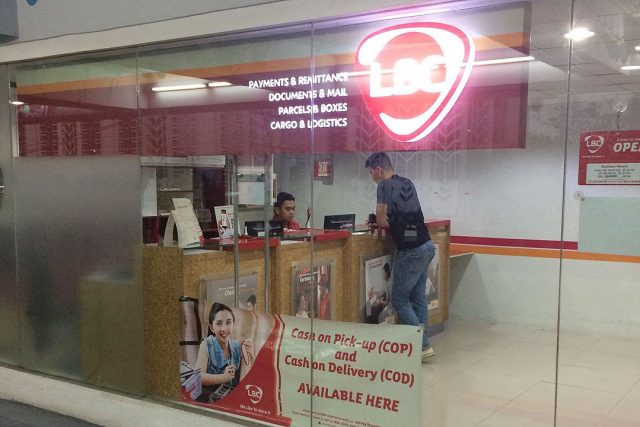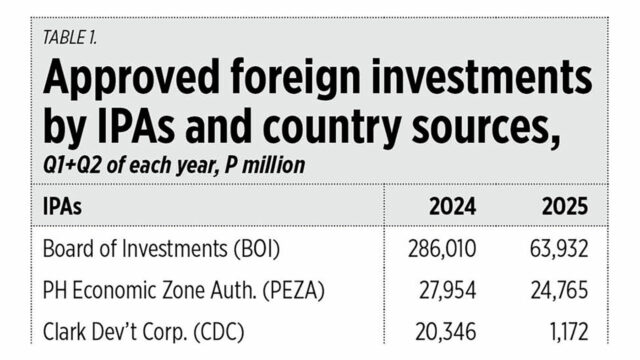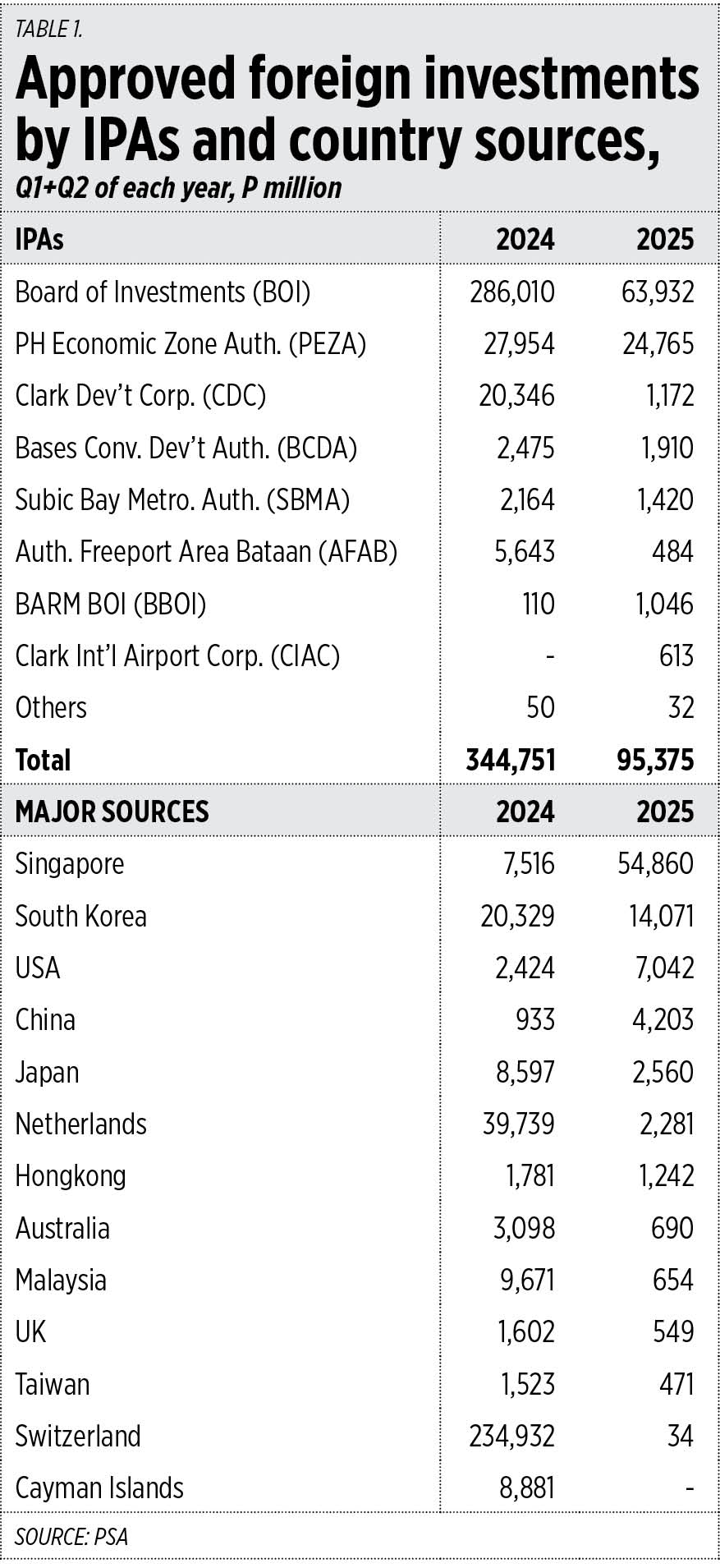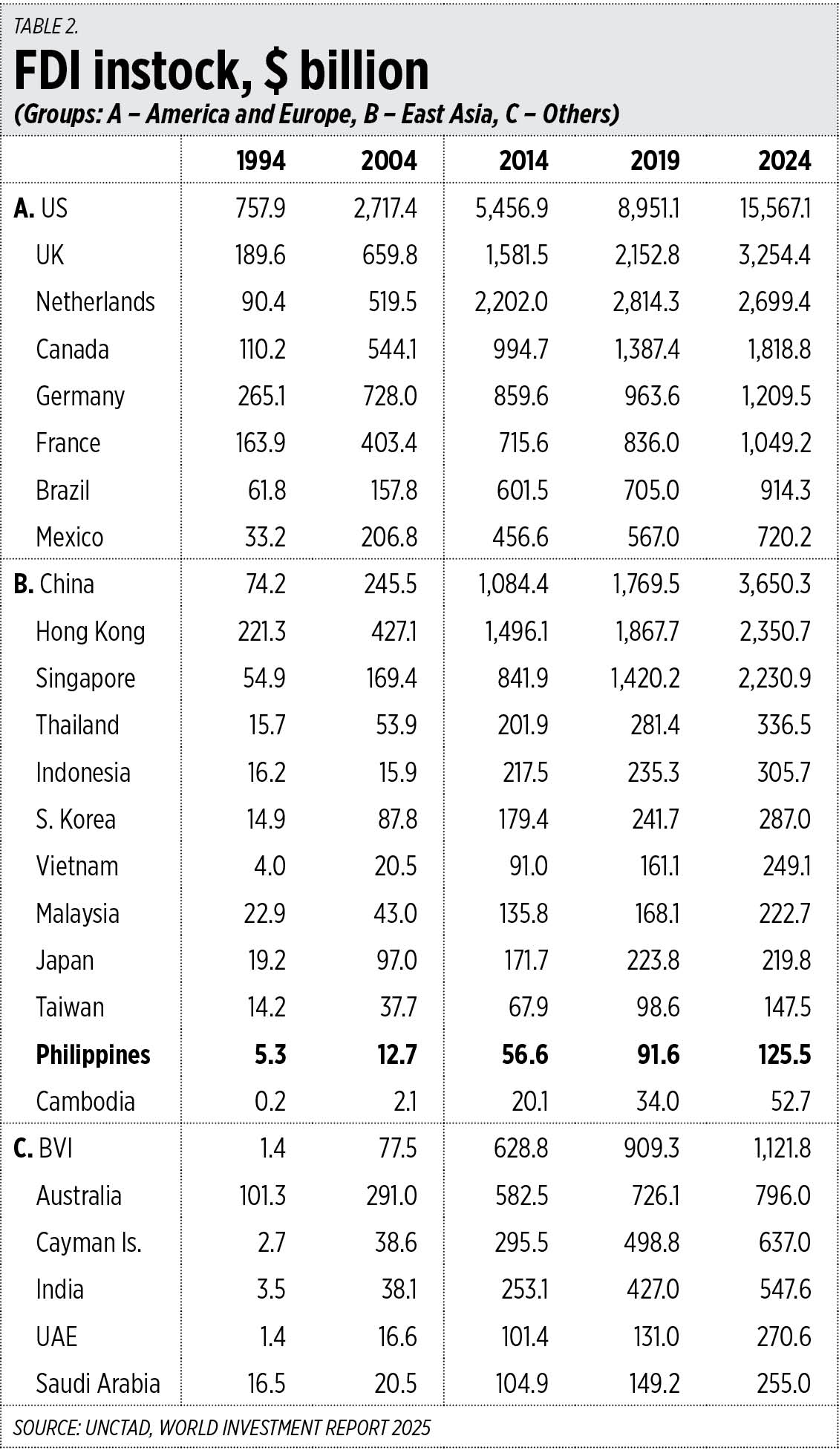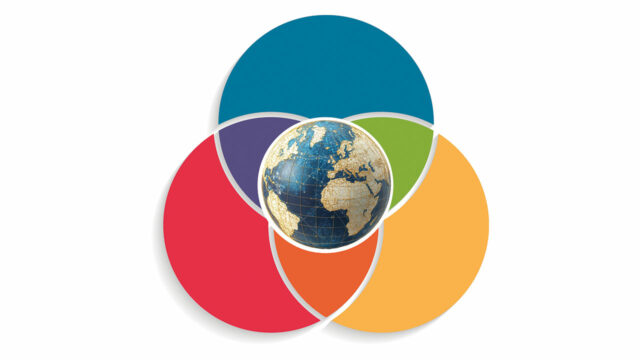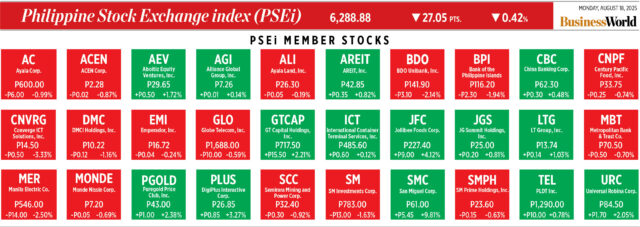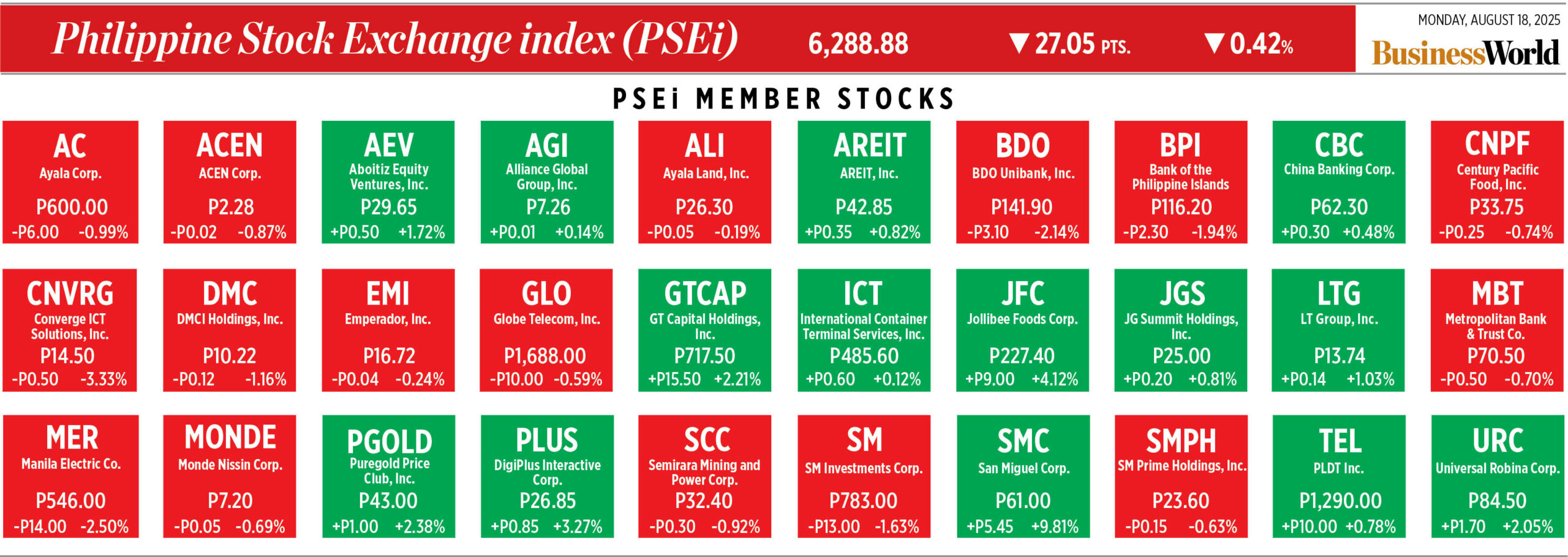By John Authers
VLADIMIR PUTIN’s encounter with Donald Trump in Anchorage summons bad memories of past summits in Munich or Yalta, in which the destiny of smaller Eastern European nations was decided by greater powers without their participation. But a fictional model from the postwar era seems more prophetic.
George Orwell’s 1984, written in 1948, tells of a world divided into three great powers. They are:
Oceania (The US, plus South America, the UK, Australia, and southern Africa).
Eurasia (All of the old Soviet Union, including Russia, and continental Europe in its entirety).
East Asia (Essentially China, Japan, and the Korean peninsula).
They fight interminably over the contested, poorer parts of the world: the Indian subcontinent, Southeast Asia, the Arabian Peninsula, and the rest of Africa. Though alliances shift, they remain in permanent balance:
“None of the three super-states could be definitively conquered even by the other two in combination. They are too evenly matched, and their natural defenses are too formidable. Eurasia is protected by its vast land spaces, Oceania by the width of the Atlantic and the Pacific, Eastasia by the fecundity and industriousness of its inhabitants.”
That is from a fictional book that Orwell cites, written by Emmanuel Goldstein (a stand-in for Trotsky). Each bloc is self-sufficient. There is no trade between them, but they all benefit from the status quo.
Orwell’s terrifying template is a caricature of the world order he foresaw taking shape. Many of 1984’s horrors have not come to pass. But it’s a good place to start. When the actual year arrived, the world was divided into the US and Soviet empires and a large “Third World.” That had some similarities to the novel. A few years later, after the Berlin Wall had fallen, it appeared that a liberal globalized order had triumphed.
What is now taking shape looks closer to the book, with the US, Russia, and China trying to consolidate power around them, while countries like India might yet take different sides. Orwell was wrong to predict Russian domination of Western Europe, but the Alaska summit, and the terrified reaction in European capitals as the US has shown a willingness to withdraw support from Ukraine, shows that the possibility remains alive.
SPHERES OF INFLUENCE
The world thus appears to be returning to the concept of spheres of influence. Powers want to feel secure behind a barricade of neighboring states, without the great imperial ambitions of earlier eras. Ukraine looms large for Russia, and China has gone to the lengths of building islands in the South China Sea as it covets Taiwan. Both aim to make themselves impregnable. The same philosophy animates Trump 2.0 foreign policy. Rather than maintain US control over a broad empire through institutions like NATO or the World Trade Organization, he wants an impregnable and tightly defined sphere of influence. Charles Gave of Gavekal Research explains this as a return to the nation-state:
“Trump’s goal is to abandon the maintenance of the empire and to reestablish the US nation-state in North America. This would explain his apparent territorial ambitions on Canada, Greenland, and the Panama Canal, as well as his emphasis on trade balances, tariffs and the importance of reindustrialization.”
Empires, he explains, don’t care where their steel comes from as they control the seas; a nation needs to be self-sufficient in such key products if it is to protect itself. Hence US attempts to thwart Chinese dominance over rare earths. And in many ways, it is a return to a world that didn’t long predate Orwell. In 1946, the US under Harry Truman offered Denmark $100 million for Greenland.
America has long prized territorial expansion as a means of self-defense. Asked at a press conference earlier this year why he cared about Greenland and Panama, Trump said he “needed them for economic security.” Like Russia and China, and Eurasia, Eastasia, and Oceania, the US wants to secure itself.
THE WINNERS AMID THE NEW BLOCS
Orwell’s three powers required self-sufficiency. That way, there would be no need for dangerous conflicts with others over land or resources — beyond the constant phony wars with which they kept their populations together. Other countries aren’t imposing their own tariff barriers in response to the US, but the widening need for self-reliance — or in economist-speak “autarky” — is clear. With the world now on an Orwellian path, it’s possible to predict who can survive an autarkic world, and who will struggle. Vital factors include:
1. Reliance on Trade. Countries already less relatively dependent on trade face less upheaval, while small economies heavily oriented toward the trading system face existential difficulties. Luxembourg, Djibouti, Singapore and Hong Kong have total exports and imports of more than 300% of their gross domestic product. Life will be hard for them. Least-exposed nations are either very poor (Sudan’s trade makes up 6% of GDP) or very big. The US (24.9%) and China (35.3%) are among them, despite the huge volumes they trade.
2. Complexity. The more complex or hard to replicate a country’s economy, the better its chances. Those that rely on simple and easily substitutable industries like mining have a problem; but countries with a strong infrastructure and workforce with readily transferable skills can flourish. The Atlas of Economic Complexity, produced by the Growth Lab at Harvard University’s Kennedy School, ranks all of the world’s nations by complexity, from Singapore in first to Chad in 145th. Economies with surprisingly low rankings include Brazil (93rd) and Russia (100th); neither has managed to diversify much from its strengths in resources.
Ricardo Hausmann, the economist who heads the project, also cautions that there could be perverse effects that rebound on the US. Chile and Peru might find it harder to sell their copper — one of the least complex and most easily replicable of products — to America. Thanks to tariffs, it could be easier to sell to China. The US could also discover that its tariffs dissuade companies from producing anything within its borders for sale to the rest of the world.
3. Foreign Capital. Foreign capital can be removed much more swiftly than flows of trade can be reversed. As countries repatriate funds to make themselves self-sufficient, the US looks more vulnerable than anyone. According to Russell Napier of Orlock Advisors, foreign holdings of US liquid assets exceed American holdings of foreign assets by 58%. For German or British fund managers, their biggest pools of assets are US Treasuries. National capitalism, the revamped version of mercantilism that is taking hold, will require them to bring that money home.
Germany’s surplus on the same basis is equivalent to 100% of GDP, so repatriation would be a huge boon. It has been exporting capital and effectively propping up debtor economies like the US for years. That will likely have to change.
4. Homogenized Ideology. All of Orwell’s superpowers have the same ideology, badged differently in local colors to appeal to their people. This is from “Goldstein”:
“Ingsoc in Oceania, New-Bolshevism in Eurasia, and Subjugation of the Self or Death-Worship, as it is commonly called, in Eastasia, had the conscious aim of perpetuating unfreedom and inequality. These new movements grew out of the old ones and tended to keep their names and pay lip-service to their ideology. But the purpose of all of them was to arrest progress and freeze history at a chosen moment.”
A common philosophy can be discerned today. MAGA Republicanism, Xi Jinping Thought (a descendant of Deng Xiaoping’s “socialism with Chinese characteristics”), and the emerging doctrine some call “scientific Putinism” all unapologetically put national interests first, allow the state to intervene aggressively in the private sector, and adhere to conservative social norms.
This concept isn’t new in China and Russia, and it’s gaining surprisingly easy consent in the US. Take the deal in which the government allowed AMD and Nvidia to sell their H20 chips to China, previously blocked on national security grounds, in return for a 15% cut of the profits. That made Washington a direct stakeholder in a private enterprise, the kind of blatant state intervention that US capitalists don’t usually tolerate. Yet negative reaction was minimal, and the stock market subsequently set an all-time high. “We acknowledge the tax will have a negative impact on profit margins tied to China sales,” said CFRA Research’s Angelo Zino, “but view the reentry into the second-largest GPU market to be worth the cost.” He did add that the move “potentially creates a new precedent with other industries/trade partners.”
Much as Winston Smith came to love Big Brother in 1984, Wall Street is learning to like MAGA capitalism. “It’s better to have 85% of something than 100% of nothing,” said Absolute Strategy Research’s Ian Harnett. “That’s the mindset.”
As in Orwell’s three-power world, national capitalism creates a stable global equilibrium. With others following the model, there is no choice but to go along with it. US capitalism looks ever more like the version of communism pioneered by China. Napier wrote a book, The Asian Financial Crisis 1995-98: Birth of the Age of Debt. He said:
“After the Asian crisis, everyone told me that free-market capitalism had destroyed Asian capitalism, but ultimately we’ve all rapidly moved in that direction. It seems to be the only way to compete with Japan, Korea, and Chinese capitalism. We’re not going to meet where China is, but we are going to be closer. It’s capitalism with Chinese characteristics.”
Perhaps most significantly, national capitalism has also come to Germany. The Made for Germany campaign sees more than 60 companies, corralled by the government, committing to investing an extra €100 billion ($116 billion) in the country over the next three years. Western Europe has mostly stood apart from Orwell’s predictions to date by avoiding Russian dominance; the greatest imponderable for the next few years is whether it can emerge from under the US wing, resist Russia, and establish itself as a fourth bloc.
Meanwhile India — exactly as predicted in 1984 — stands as the biggest nation outside the major blocs whose fate remains fluid. But the subcontinent, along with Africa and the other contested territories in Orwell’s vision, might avoid the fate he mapped for them. “Above all, they contain a bottomless reserve of cheap labor,” says Goldstein in the book within the book, whose workers are “expended like so much coal or oil in the race to turn out more armaments.”
Orwell didn’t get everything right. But as Putin and Trump meet in a territory that Russia once sold to the US, they do appear to be conducting a world order uncomfortably similar to the one he imagined 77 years ago.
BLOOMBERG OPINION


